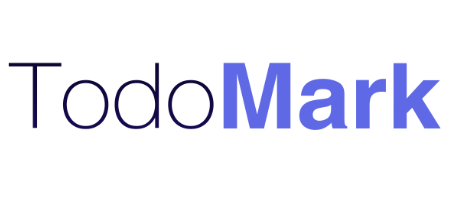Empowering Financial Inclusion: The Rapid Growth of the Global Alternative Lending Market
The Alternative Lending Market is revolutionizing the global financial ecosystem by offering accessible and flexible funding solutions beyond traditional banking systems. As technology reshapes how individuals and businesses access credit, alternative lending has become a key driver of financial inclusion. Leveraging online lending platforms and digital credit services, this market bridges the financing gap for consumers, startups, and SMEs who often face challenges in securing conventional loans.
Through innovative models such as peer-to-peer loans and non-traditional loans, alternative lenders are redefining credit accessibility by removing bureaucratic hurdles and offering quick approval processes. Advanced analytics, AI-driven risk assessment, and automation enhance decision-making, allowing lenders to provide tailored solutions that meet the unique financial needs of borrowers.
One of the major beneficiaries of this evolution is the SME financing segment. Small and medium enterprises, traditionally underserved by large banks, now gain access to digital funding platforms that streamline loan disbursements and improve working capital management. This flexibility helps entrepreneurs scale their businesses and contribute to economic growth.
The integration of fintech infrastructure is accelerating across global markets. The US Core Banking Solutions Market highlights how financial institutions are modernizing their systems to support seamless digital transactions and efficient data management. Similarly, the UK Investment Banking Market demonstrates how digital transformation and advanced analytics are enhancing deal execution and portfolio optimization.
Alternative lending continues to evolve with hybrid models that blend technology and human expertise. As blockchain, AI, and open banking gain momentum, the sector is expected to witness deeper integration with mainstream financial systems. Enhanced transparency, faster loan processing, and improved borrower experiences are setting new standards for digital finance.
The future of alternative lending lies in collaboration—between fintech startups, investors, and regulatory bodies—to build a secure, scalable, and inclusive financial ecosystem. This synergy will ensure sustainable credit expansion and unlock greater economic opportunities for individuals and businesses alike.
FAQs
1. What is alternative lending?
Alternative lending refers to non-traditional financing models that use digital platforms and fintech tools to offer loans outside conventional banking systems.
2. Who benefits most from alternative lending?
Entrepreneurs, SMEs, and individuals with limited access to traditional credit channels gain the most from flexible, fast, and digital lending options.
3. How is technology shaping the alternative lending market?
AI, machine learning, and data analytics enable lenders to assess credit risk efficiently, automate loan approvals, and offer personalized lending solutions.
- Искусство
- История и факты
- Ремесла
- Танцы
- Напитки
- Фильмы
- Фитнесс
- Питание
- Игры
- Садоводство
- Здоровье
- Дом
- Литература
- Музыка
- Сеть
- Другое
- Вечеринка
- Религия
- Поход по магазинам
- Спорт
- Театр
- Здоровье



